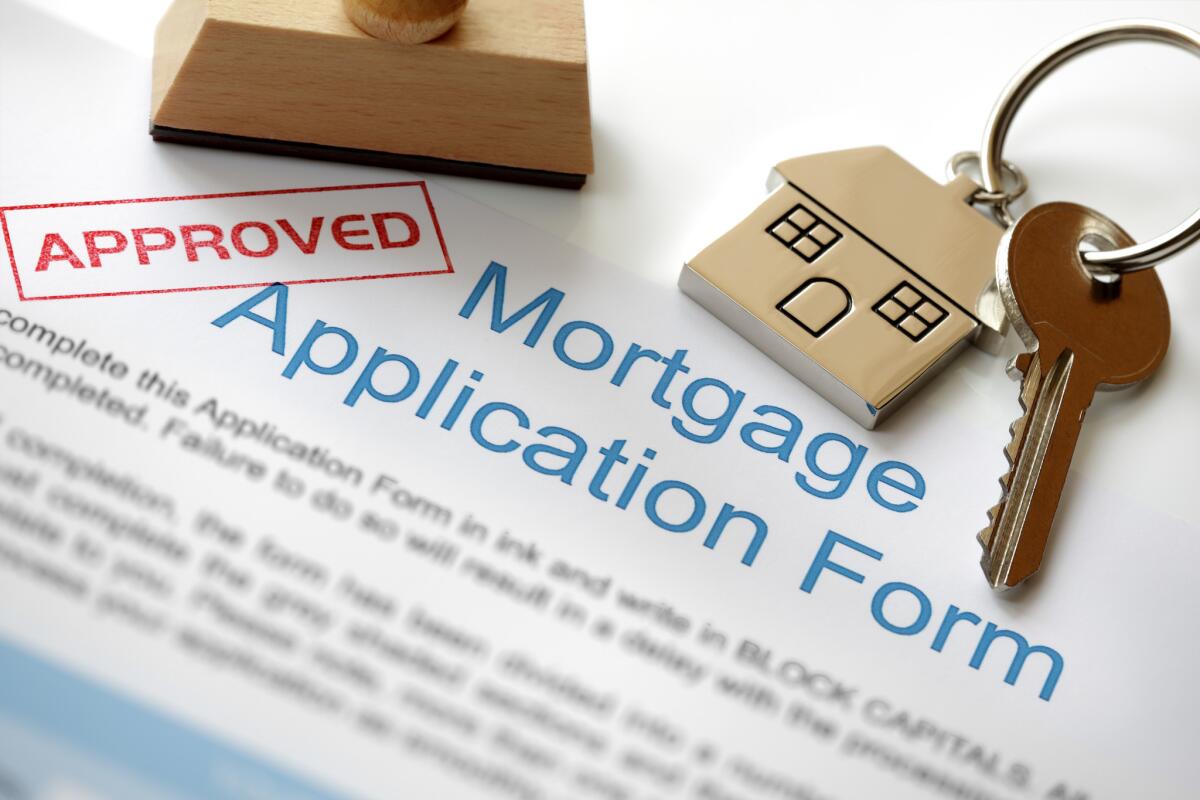8 tips for refinancing as mortgage rates rise

So you want to refinance, but mortgage rates are rising. Don’t worry — you haven’t missed the boat on your refi opportunity. Mortgage rates are still historically low, and they aren’t expected to exceed 5% in 2017, according to many economists and mortgage analysts.
1. Make your move fast
Even though rates aren’t expected to shoot through the roof this year, they’ll likely stay on a steady, upward trajectory.
“If you’re thinking about refinancing, now probably is the time to do it,” says Lauren Lyons Cole, a certified financial planner and money editor at Consumer Reports, adding that rates are probably not going to be lower than they are right now.
2. Prepare in case rates drop
You’ll want to get your refinance application in as soon as possible, not only to catch low rates before they rise, but also to avoid a backup in refinance applications should rates suddenly fall, according to Casey Fleming, author of “The Loan Guide: How to Get the Best Possible Mortgage.”
“This is the biggest mistake I think people make,” Fleming says. “If you’re not in the pipeline ready to go when the interest rates start moving down, all of a sudden you have to get in the back of the line, and oftentimes you miss the dip in the rates.”
3. Make sure your credit score is in good shape
Your credit score plays a big part in the rate you can get on a mortgage. Just because low rates are out there doesn’t mean you’ll qualify for them.
Lyons Cole says that, in some cases, your credit can be easily bolstered “from the 500s up to the 700s in about three months.”
Check your credit report for errors, pay bills on time and keep a safe distance from your credit limit.
4. Use rising home prices to your advantage
Along with rates, home values are rising. Now might be a good opportunity to tap into your home’s equity through a cash-out refinance, through a home equity loan or a home equity line of credit.
5. Refinance into an ARM
Refinancing into an adjustable-rate mortgage in a rising rate environment can make sense since these loans tend to come with lower initial interest rates than fixed mortgages. They’re especially useful if you plan on staying in your home no longer than the fixed term of the loan.
6. Refinance to a shorter term
Refinancing into a shorter-term fixed-rate loan can save you money in two ways: the interest rate is lower than a 30-year fixed-rate loan, and the shorter term means you’ll save more money over the life of the loan by paying less interest.
Here’s an example: Using NerdWallet’s refinance calculator, we plugged in the numbers for a 30-year, $300,000 mortgage taken out in 2010 with a 4.75% fixed interest rate. We refinanced it to a 15-year mortgage with a 3.50% fixed interest rate. Savings equated to $52,975 over 15 years. While your original monthly payment of $1,565 would take on an extra $311 each month, you would save more money in the long run and build equity faster.
7. Pay points
Before your loan closes, you’ll have the option to pay points on your mortgage, which is paying money upfront, to permanently lower your interest rate. Fleming says that “if the additional cost makes sense, then absolutely pay points.”
8. Refinance out of an ARM, HELOC
If you’re concerned about the interest rate rising on your adjustable-rate mortgage or on your home equity line of credit, refinancing to a fixed-rate product can allow you to lock in a new rate to make your monthly payments more predictable.
Since rates are increasing, “anybody with a HELOC should definitely look at their options,” Fleming says.
Michael Burge is a staff writer at NerdWallet, a personal finance website.






